As part of a recent interview with an Italian trade paper, an Intel exec explained that the chipmaker's involvement with Apple's iPhone's hardware was at once more substantial and complex than previously thought.
Intel had originally developed the Xscale platform in 2002 while branching out into mobile phones and PDAs, but later sold the architecture to Marvell Technology group in June of last year when it chose to return its attention to x86 and Itanium designs. Bucci identified Marvell as the source of the Xscale during the interview.
The explanation may help explain the contradictory statements made by Apple and Intel last week when the two companies were asked about the underlying hardware of the iPhone. A spokesman for the Cupertino-based developer initially claimed that Intel was directly responsible for the low-power processor, but promptly had his argument refuted by Intel in a statement supplied just hours later.
Intel's headman also made the surprising but unverified claim that the company was also responsible for the flash memory used to store music and other information in the phone, asserting not only that its NAND chips were used but that Apple was now one of Intel's primary clients.
If true, this admission may be a double blow to Samsung according to technology news site Electronista, which pointed out that Samsung was both a direct competitor in the phone business and a potential parts supplier. The Korean electronics firm already supplies media processors for Apple's iPod shuffle and flash for the iPod nano.
 Aidan Malley
Aidan Malley
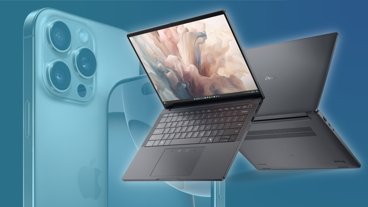
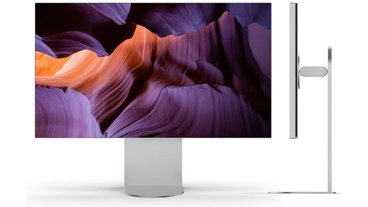
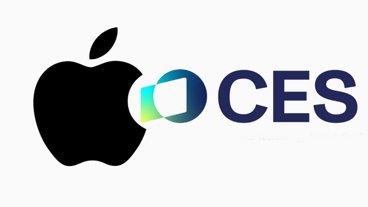
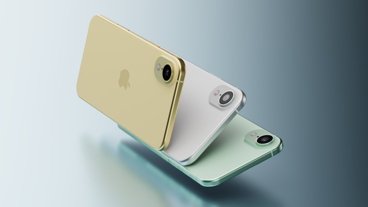
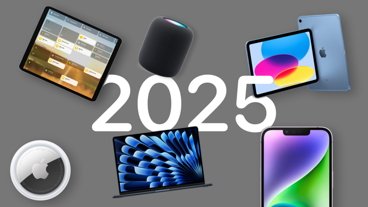
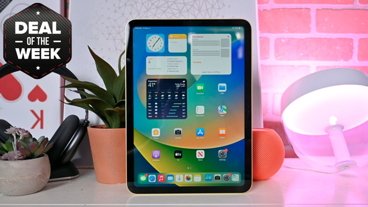
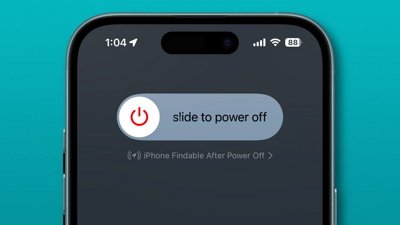
 Andrew Orr
Andrew Orr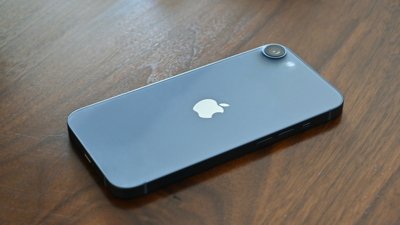
 Wesley Hilliard
Wesley Hilliard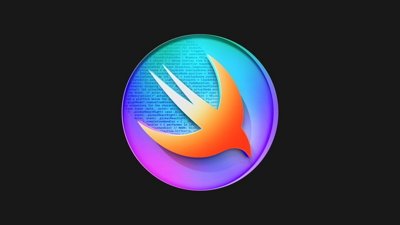
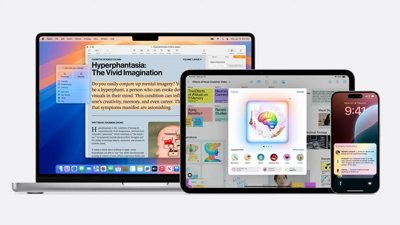
 Malcolm Owen
Malcolm Owen
 Christine McKee
Christine McKee
 Andrew O'Hara
Andrew O'Hara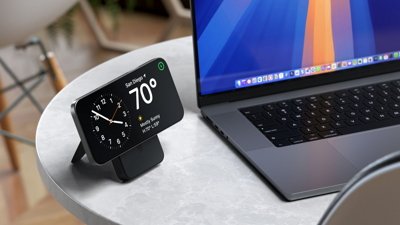







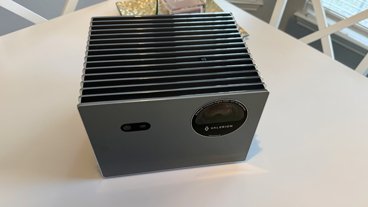
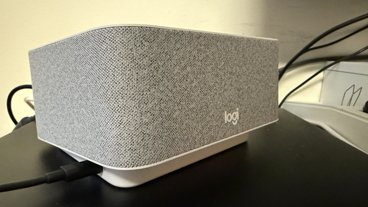


18 Comments
1st post!! Woooooooooo 8) ...Now, on a serious note, can someone identify PortalPlayer's role in all this? IE. Where are they used in terms of iPod Video, iPod Nano, iPod Shuffle, iPhone, AppleTV(no PortalPlayer), AirportExtreme(no PortalPlayer).....??
Of the top of my head PortalPlayer is only involved in the current shipping iPod Video 30gb and 80gb. AFAIK with my knowledge at this stage Xscale and above will be needed to drive the iPhone 2.5G and (eventually 3G global) models.
Looks like Apple is in the mix hardcore with their sourcing/ supply chain with regards to Flash [NAND] for iPod and a hell of a lot more needed for iPhone. By the end of 2007 the iPod Nano/Video could go to NAND with say 4x8gb NAND = 32gb. Maybe even 6x8gb NAND which = 48gb.
"gb" of course above refers to Gigabytes I generally don't like to write gb ghz and ram in capitals. 8)
Oh boy when the first iPhones come out a whole lot of people will be instantly shredding it to pieces
discovering every single component that goes into it. .......Awww yeah. Sacrilegious but necessary.
Intel would have been better off dumping the Itanic and keeping the Xscale rather than the other way round!At least the Xscale has a future, unlike the Itanic, which doesn't even have a past!
Intel would have been better off dumping the Itanic and keeping the Xscale rather than the other way round!At least the Xscale has a future, unlike the Itanic, which doesn't even have a past!
Because the Xscale does not perform 6 instructions per clock, have more than 128 registers, run enterprise class data centers in a 64x dual-core processor system with 1TB of RAM: Superdome.
Look, everyone likes to bash the IA-64, and it does suck as a PC processor, but it works extremely well as a high-end server processor. HP, Unisys, NEC, Bull, etc. make a lot of money on such servers, and they definitely have their place.
Hold the applause..
http://forums.appleinsider.com/showt...89#post1023489
my 69th post too!